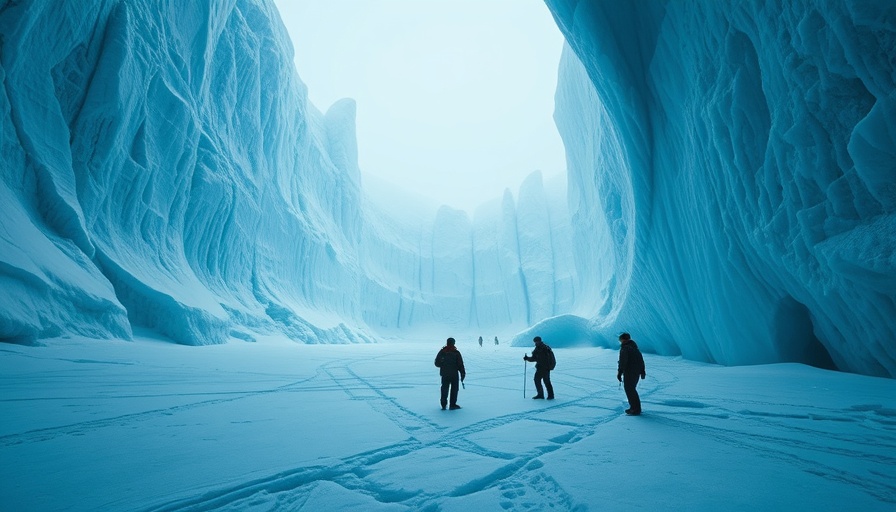
The Hidden Truth Beneath Antarctica’s Ice
Recent discussions have brought renewed attention to the mysterious structures believed to be buried under the ice of Antarctica. As the ice thins due to global warming, satellite imagery reveals complex architectural formations that raise questions about our historical narratives and the very nature of existence. Could these structures reveal evidence of advanced technology and human history long before our current understanding?
In Antarctica’s Buried Structures—What’s Being Hidden Beneath the Ice?, the discussion dives into the potential discoveries under the ice, exploring key insights that sparked deeper analysis on our end.
A World Unbound by Fear
In the video, Gregg Braden suggests that the revelation of such findings could dismantle our long-held perceptions of civilization. Current discourse frequently positions whatever we find in Antarctica from a standpoint of fear, driving a wedge between scientific understanding and the narratives created around climate change. This proposed shift in narrative could, however, unite humanity in understanding our shared origins and interconnectedness.
The Consequences of Ignoring History
Braden emphasizes that the ice-covered properties of Antarctica were once regions of vast forests and flourishing ecosystems. Today's climate policies, which often stem from a misinterpretation of climate science, could lead to a significant alteration in society as we know it. He argues that we cannot abandon fossil fuels without viable alternatives, as they underpin numerous aspects of our daily lives, from the food we eat to the very technologies we use.
Exploiting the Past to Understand Our Future
As discussions about climate change and sustainability unfold, recognizing the depth of our historical context becomes crucial. Instead of following narratives that may mislead us, embracing the complexity of our origins could provide alternative pathways to sustainability. By understanding the intricate interconnections between past life, civilization, and the resources we consume today, we can redefine our approach to future challenges.
Ultimately, what lies beneath Antarctica's ice may not just be remnants of civilizations past, but rather the key to unlocking a new understanding of our place in the universe. As we look forward, perhaps the most daunting task will be embracing these profound truths about who we are and where we come from. The history hidden in Antarctica suggests a much richer tapestry of existence than the narrow lens through which we often view our world.



Write A Comment